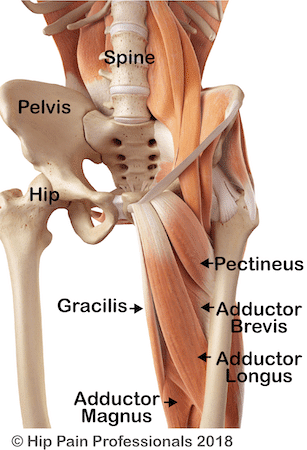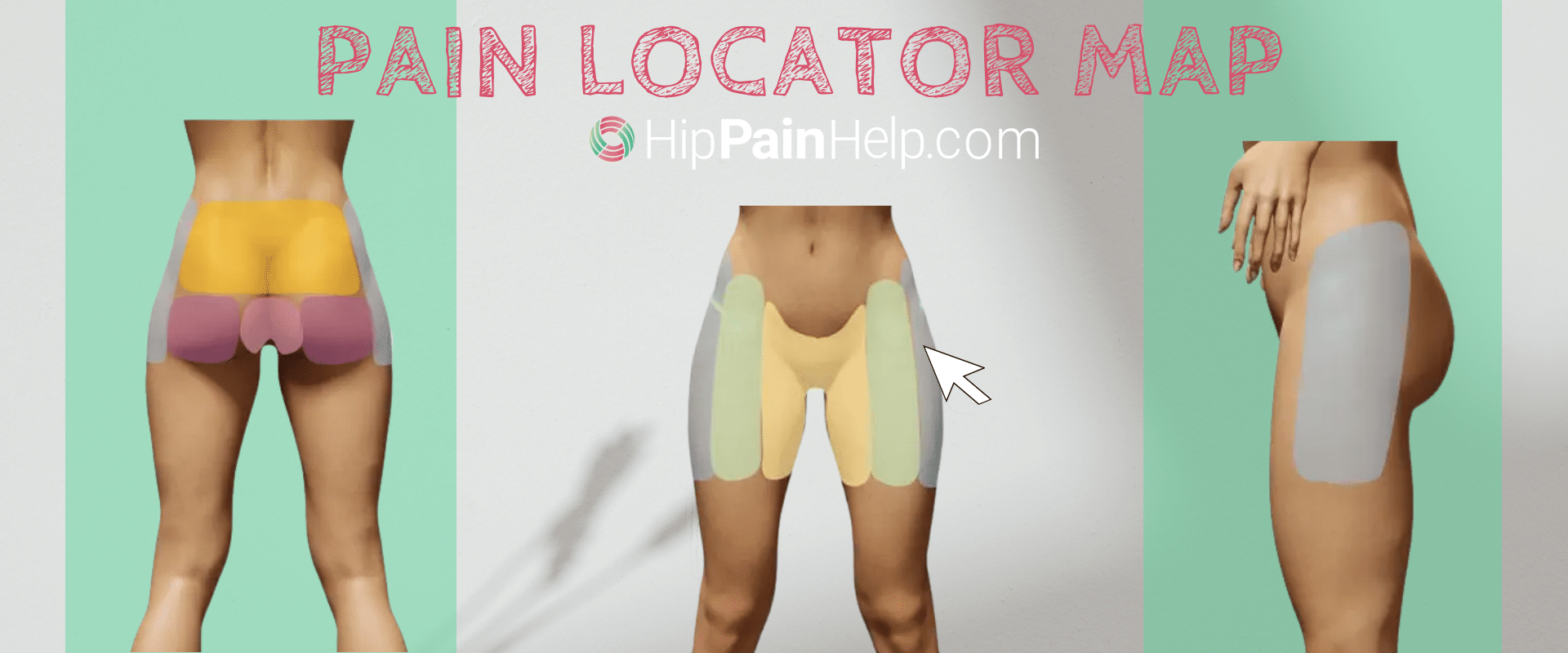
Adductor related groin pain is pain in the groin region (upper-inner thigh) related to the adductor muscles and their connections, including adductor tears or adductor strains which may occur within the adductor muscles themselves, where the muscles and tendons join (musculotendinous junctions), or within the tendons (attaches the muscle to the bone) known as adductor tendinopathy.
What do the terms Adductor Related Groin Pain, Adductor Tendinopathy and Adductor Tear Mean?
As there is so much interconnection between the fibrous structures around the pubic region, there may be one or a number of structures or injuries in the adductor region that can be related to pain. This means that sometimes people are given a different diagnosis than someone they know, even though the pain is in the same area. Sometimes people are even given different diagnoses by different health professionals.
These diagnostic terms might include:
- Adductor tendinopathy, adductor tendinitis or adductor tear – tendon pain, inflammation or a tear of one or more of the inner thigh muscles
- Pubic aponeurosis tear – a tear in the blended fibrous tissue at the front of the pubic bone
- Rectus abdominis tendinopathy/enthesopathy, tendinitis or tear – tendon pain, inflammation or a tear of the rectus abdominis (‘six-pack’) muscle
This might seem confusing, which is why a group of leading experts in groin injury from around the world came together to agree on a single diagnosis. It was agreed that the diagnosis, Adductor Related Groin Pain, would be most useful (3). This term encompasses all these other terms that are all part of the same picture and are largely treated in the same way.














